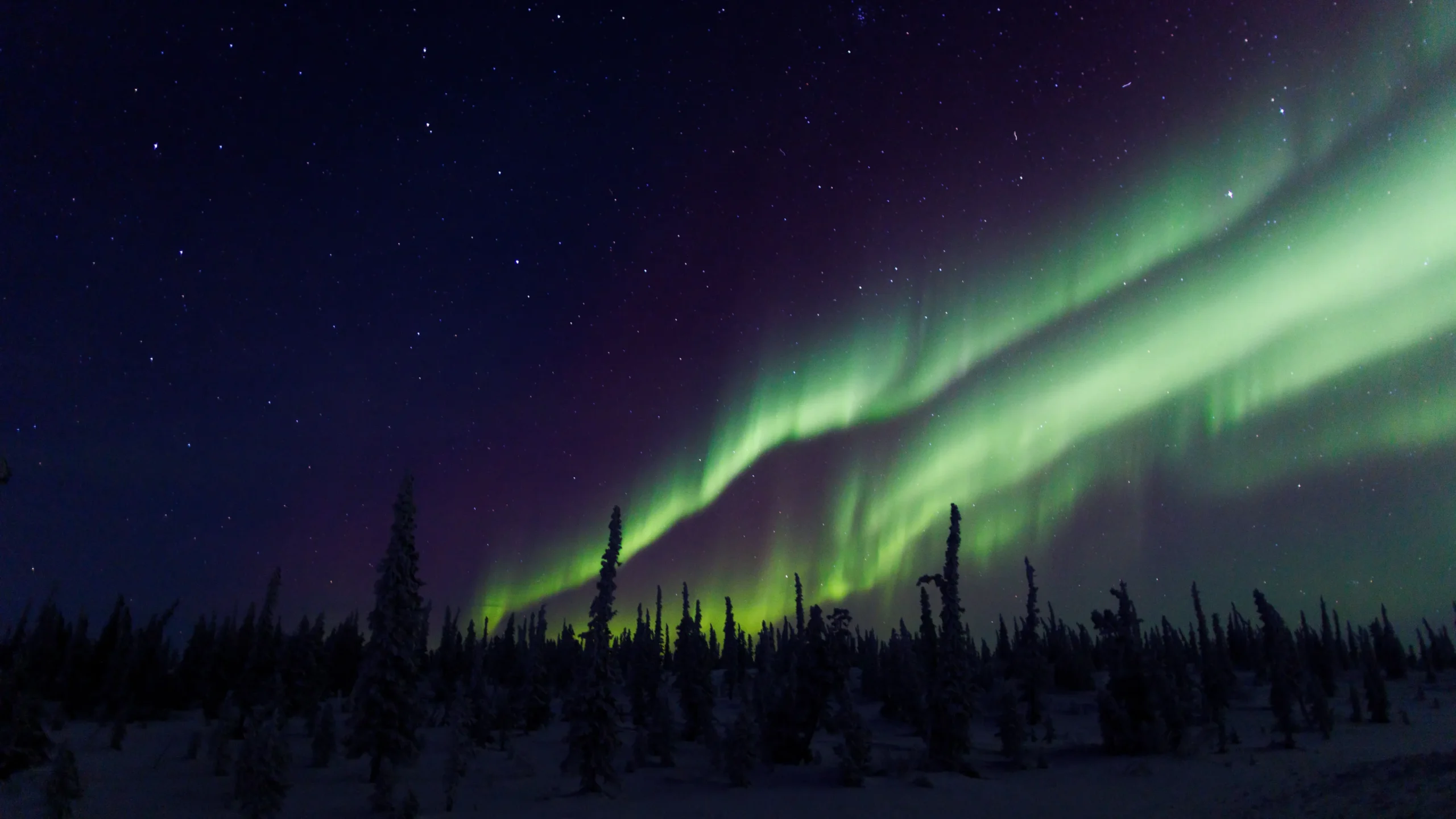
Northern lights may be visible over Vermont this week. Here’s a look at the forecast map
How did your country report this? Share your view in the comments.
Diverging Reports Breakdown
Northern lights may be visible over Vermont this week. Here’s a look at the forecast map
A moderate geomagnetic storm means that there is a good chance you’ll catch the northern lights tonight in Vermont. “Aurora may be seen as low as New York to Wisconsin to Washington state,” NOAA says. AccuWeather is predicting partly cloudy skies in Vermont on June 24 and June 25 and overcast skies on June 26, which could make viewing conditions difficult. The northern lights are typically most visible between 10 p.m. and 2 a.m., according to NOAA.
A “recurrent, negative polarity coronal hole high speed stream influence is likely to bring minor to moderate geomagnetic storming 25-26 June,” according to the National Oceanic and Atmospheric Administration’s Space Weather Prediction Center. “Aurora may be seen as low as New York to Wisconsin to Washington state.”
The NOAA prediction map is showing that northern Vermont is in the zone that may get a glimpse of the northern lights both nights. While the northern Midwest states have a better chance of seeing the phenomenon, it’s not out of the realm of possibility in Vermont.
The question is, will the weather cooperate? AccuWeather is predicting partly cloudy skies in Vermont on June 24 and June 25 and overcast skies on June 26, which could make viewing conditions difficult.
The sun is currently at solar maximum, according to NASA, the peak of activity in its natural cycle, which is creating more opportunities to see the northern lights.
Need a break? Play the USA TODAY Daily Crossword Puzzle.
Here’s what to know.
Can the northern lights be seen tonight?
Northern Vermont, New Hampshire and Maine are in the forecasted view line to potentially see the northern lights for both tonight and tomorrow as of 9 a.m. on June 24.
When is the best time to see the northern lights?
The northern lights are typically most visible between 10 p.m. and 2 a.m. according to NOAA.
How to see the northern lights
As always, dark skies make for better stargazing.
“We typically suggest getting away from cities and find a open field or hilltop to lay out under the stars and wait for the show to really peak at the late evening or early morning hours,” Massachusetts Institute of Technology Technical Instructor and Observatory Manager Tim Brothers said in a past interview with Wicked Local.
He continued, “In New England, heading for a local conservation area or park that keeps lighting off at night is ideal. Another option is a coastline away from the larger cities — the benefit being that the constellation where you will see most of the ‘shooting stars.'”
Places to check for northern lights forecast
If you want a chance at seeing the Northern Lights, here are some websites you can monitor the sun’s activity:
